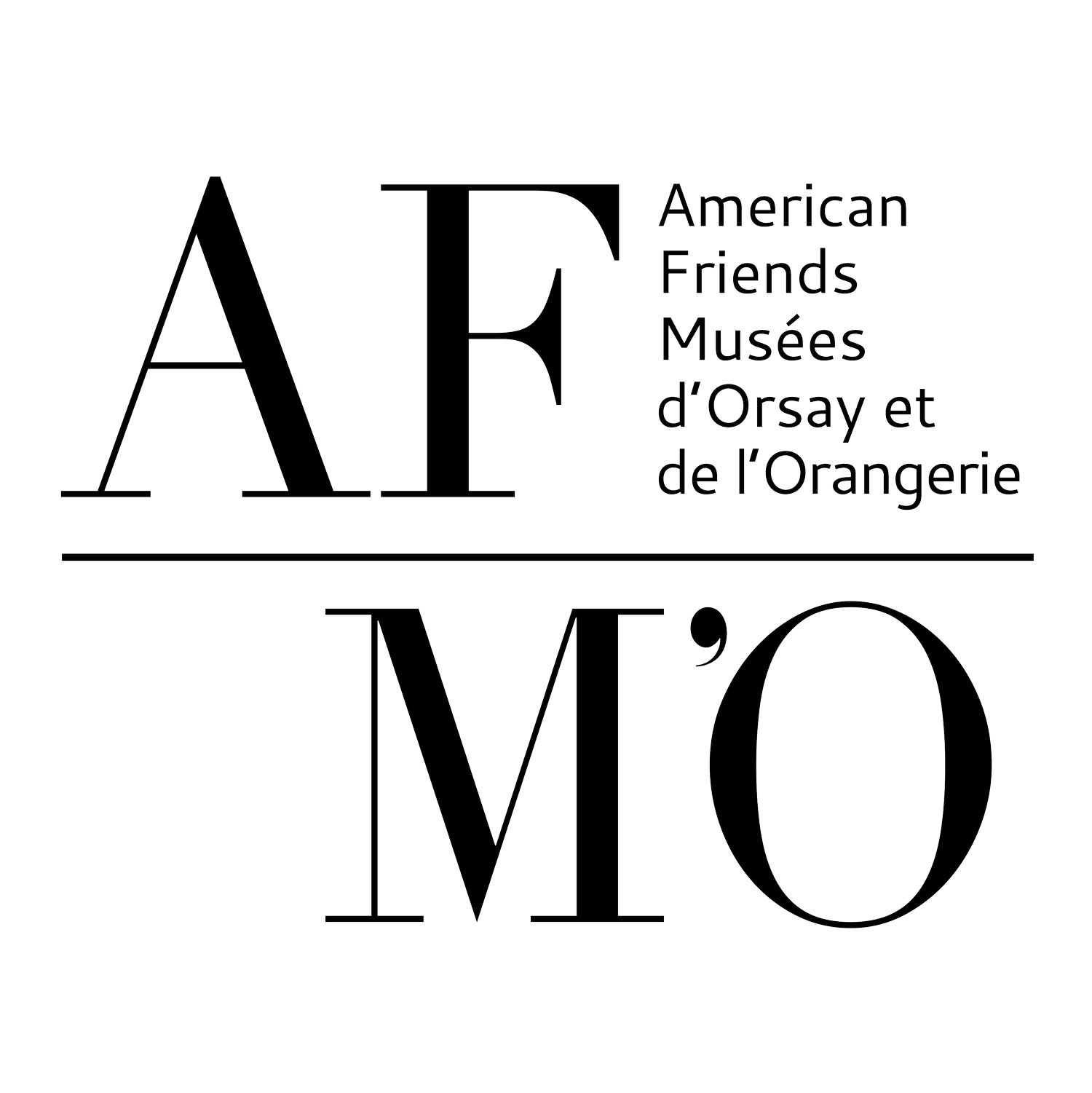Gustave Caillebotte’s masterpiece, Paris Street, Rainy Weather (1877), is in many ways the iconic, even idealized, depiction of the new Paris created under the Second Empire and willed by Emperor Napoleon III and his prefect, Baron Georges Eugène Haussmann.
The Impressionists were the first artists to present this brand-new Paris in their paintings at a time when it was considered too recent, too ordinary and too vulgar a subject for art.
The new city boulevards, cafés, racecourses and railway stations were an apt subject for the new painters. Like Haussmann’s urban planners, they, too, were keen on eliminating the historical past from painting in order to create an art of the present and the future, reflecting the 19th century values of modernity, science and progress.
In our lecture we will follow the evolution of the depictions of modern Paris from the 1860s through the Impressionist era (1874-1886) concluding with the Belle Epoque (1890-1910) when the subject becomes a standard staple of commercial art. Manet, Monet, Caillebotte, Renoir, Pissarro and Seurat are some of the best known modern masters we will be looking at along with the lesser known, but key Paris painters of the era: Forain, de Nittis, Béraud, Lhermitte and Luce.
Every month, on the third Saturday, Christophe Boïcos and Anne Catherine Abecassis take turns and host a conference, followed by a short Q&A session. The conference will be recorded live, and available online for one month.
Starts at 5:00pm (CET) / 11:00am (ET) / 8:00am (PT) - available on replay for one month
This event is open to all AFMO Members.
All invitations are personal and non-transferable.
Image credit: Musée des Arts Décoratifs

